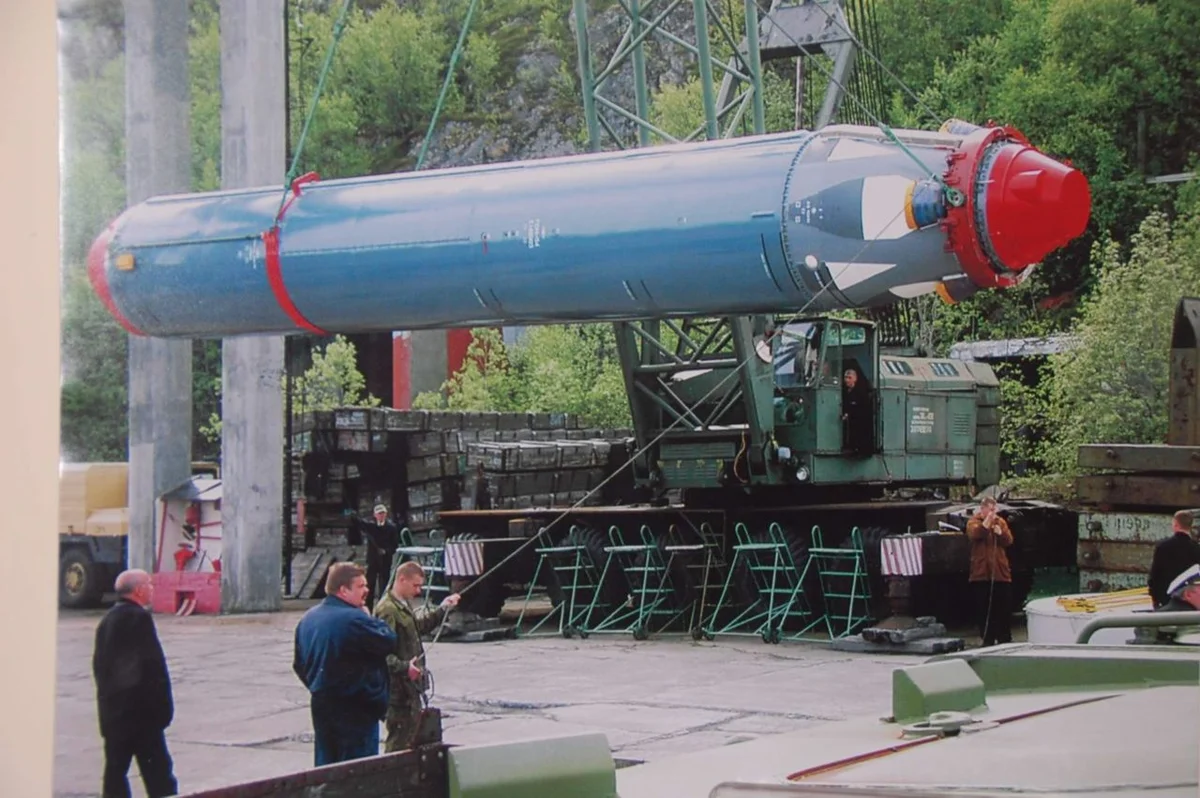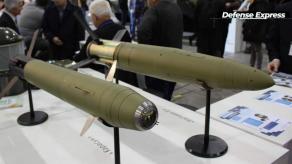Representatives of the military and political leadership of the russian federation from time to time threaten the civilized world to use nuclear weapons either in a war against Ukraine or directly against the West. The weight of their words is given by the size of the nuclear arsenal at the disposal of the Armed Forces of the russian federation. But here it is worth considering, in addition to the existing "on paper" arsenal, the organizational readiness to use it. And there may be nuances here.
For example, the russians have only once in history fired a full salvo of 16 intercontinental ballistic missiles (ICBMs) from a nuclear submarine, and that was on the eve of the collapse of the USSR. Because even in terms of technology, pressing the ‘red button’ is not as easy as it seems.
Read more: Russia to Continue Nuclear Blackmailing, Strategic Forces Are On the 24-Hour Readiness – Ukraine’s Intelligence

When the Soviet Union and the United States agreed on the reduction of strategic nuclear weapons in 1989, the Kremlin faced a dilemma - which of the elements of the ‘nuclear triad’ to reduce, due to unnecessaryness and "in order to save budget funds". First of all, Kremlin ‘theorists’ thought exactly about the submarine component, because they had a completely reasonable question - if a nuclear war does start, will their nuclear submarines be able to fire the entire salvo of ICBMs they were heving on board.
Doubts were added by the fact that until the time no one had conducted such training shootings. And the first attempt to carry out similar shootings in August 1989, as part of the Behemoth operation, ended unsuccessfully - a rocket exploded in the launcher, the submarine was out of order.

The leadership of the Soviet Navy "went for a second attempt", which became Behemoth-2 Operation. The K-407 Novomoskovsk nuclear submarine cruiser of project 667 was chosen for this mission, the crew of which trained intensively all year long on various simulators and conducted as many as 5 training trips out to sea.
The technological nuance is that during the firing of even one ICBM, a lot of effort is required to maintain the stability of the submarine. It was rather difficult to launch out all 16 ballistic missiles while not only maintaining a stable course, but also ensuring the reliability of the entire equipment.

As a result, the task was successful – all 16 ICBMs of the R-29M type they had on board on the K-407 nuclear submarine were successfully launched out on August 6, 1991. But the Russians did not conduct more such experiments until now. Modern russia’s Navy ‘record’ was to shoot a maximum of 4 ballistic missiles from a submarine at one time.
In view of this, it can be said that the Kremlin, although it declares its commitment to ‘preventive nuclear deterrence’, does not make adequate efforts to maintain the combat capability of at least one component of the ‘nuclear triad’. This should always be remembered, as soon as it comes up again that the russians are once again threatening with nuclear weapons.

As Defense Express reported, Russia Continued Nuclear Blackmailing, Strategic Forces Are On the 24-Hour Readiness – Ukraine’s Intelligence
Read more: Ukraine’s Intelligence Says No Invasion from belarus Expected in Coming Weeks













